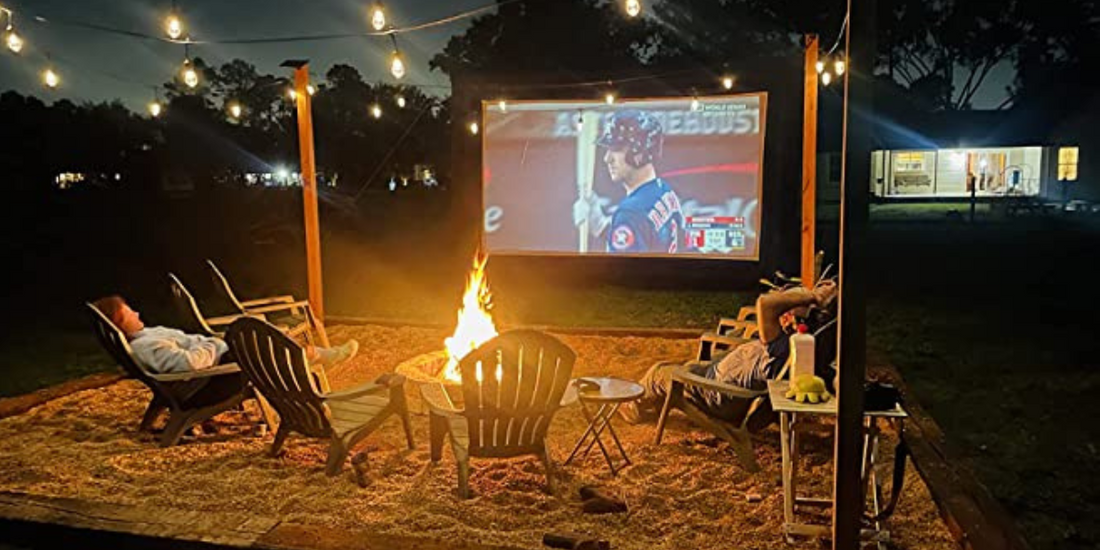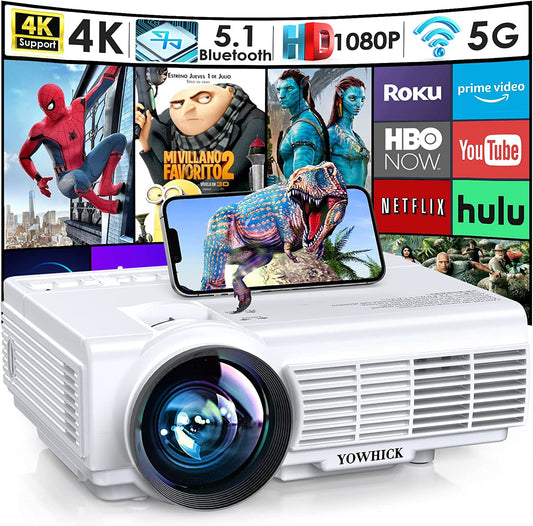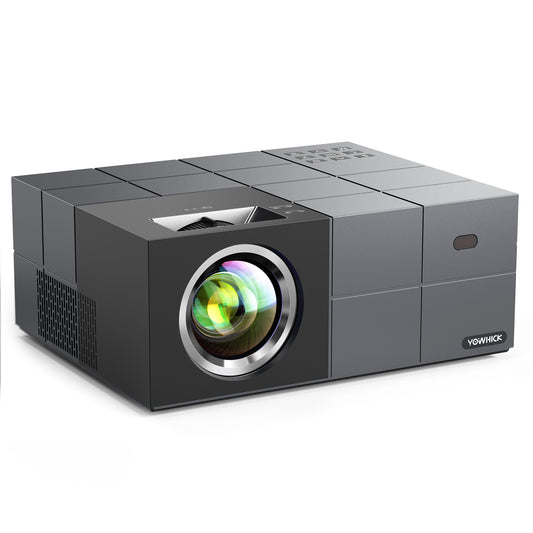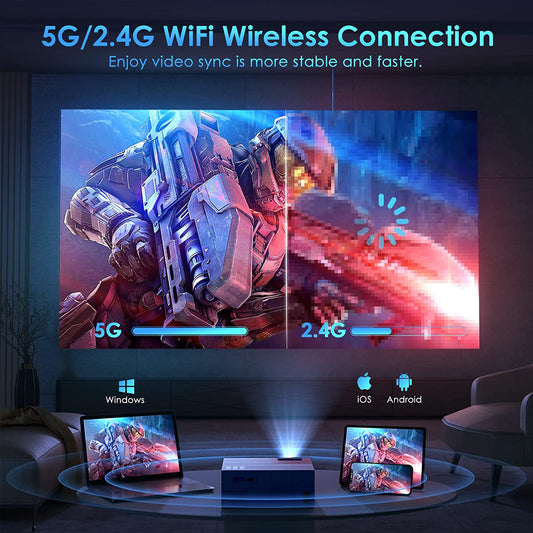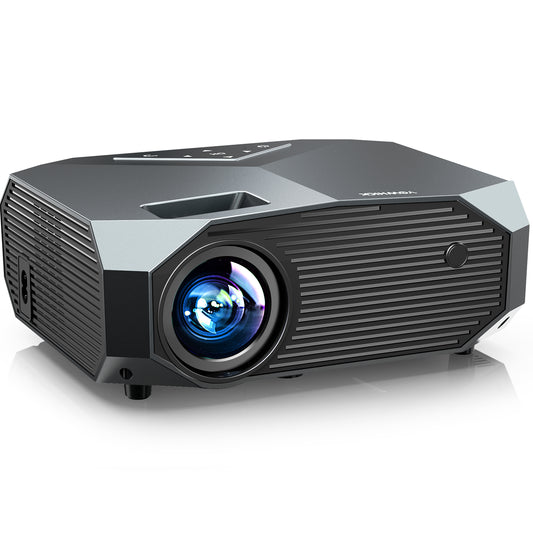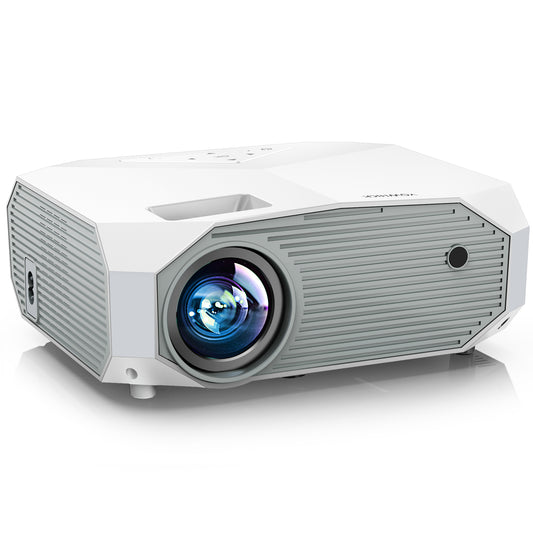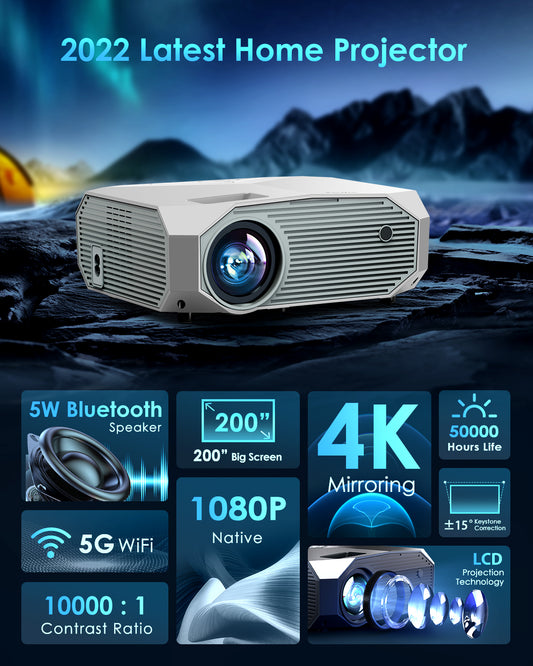Outdoor projectors have revolutionized the way we enjoy entertainment in open-air settings. But have you ever wondered how these devices work? In this article, we will delve into the mechanics and functionality of outdoor projectors, explaining the key components and processes that enable them to create a captivating visual experience outdoors.
Understanding the Basics of Outdoor Projectors
To comprehend how outdoor projectors work, it's essential to grasp the fundamental principles behind their operation. Outdoor projectors are specialized devices designed to project images or videos onto a large surface, such as a wall or a dedicated outdoor projection screen. They utilize a combination of optical and electronic components to display the content with brightness and clarity.
Optical Components: Light Source and Lenses
Outdoor projectors rely on a powerful light source to generate the necessary brightness for outdoor viewing. The most commonly used light source in projectors is a lamp or, more recently, LED or laser technology. These light sources produce a concentrated beam of light that passes through various optical elements, including lenses.
The lenses within a projector help focus and manipulate the light to create a sharp and well-defined image. They play a crucial role in determining factors such as image size, throw distance, and focus. Projectors often employ multiple lenses, such as the primary lens for focusing the light and secondary lenses for zooming or adjusting the projection size.
Imaging Technology: LCD, DLP, or LCoS
Outdoor projectors utilize different imaging technologies to convert the incoming light into a visible image. The three most common technologies used in projectors are:
- LCD (Liquid Crystal Display): LCD projectors employ liquid crystal panels that act as light modulators. The panels contain tiny pixels that can open or close to control the amount of light passing through. By manipulating the light intensity for each pixel, LCD projectors create the desired image.
- DLP (Digital Light Processing): DLP projectors use microscopically small mirrors to reflect light onto the projection surface. These mirrors can tilt rapidly, directing the light to create either dark or bright pixels. DLP technology produces high contrast and smooth images, popular for both indoor and outdoor applications.
- LCoS (Liquid Crystal on Silicon): LCoS projectors combine the principles of LCD and DLP technologies. They use liquid crystal panels to control light, similar to LCD projectors, but the panels are placed on a reflective silicon substrate like in DLP projectors. LCoS projectors are known for their excellent color reproduction and contrast levels.
Signal Processing and Connectivity
Outdoor projectors receive video or image signals from various sources, such as media players, gaming consoles, or streaming devices. These signals are processed by the projector's internal electronics, which decode and interpret the data. The processor then converts the signals into a format compatible with the projector's display technology.
Projectors offer a range of connectivity options to accommodate different devices, including HDMI, VGA, USB, and wireless connections. These connections allow users to transmit the video or image signals from their source devices to the projector for projection.
The Projection Process: From Light to Image
Now that we understand the components of outdoor projectors, let's explore the step-by-step process of how they transform light into a projected image.
Step 1: Light Generation
The projector's light source, such as a lamp or LED, produces a beam of intense light. The brightness of the light source determines the projector's luminosity and its ability to produce a visible image in outdoor environments.
Step 2: Light Modulation and Control
The light passes through the optical system, which includes lenses and filters. The lenses focus and shape the light beam, while filters may be used to adjust color temperature or enhance image quality. If the projector utilizes LCD technology, liquid crystal panels modulate the light intensity for each pixel based on the video signal received.
For DLP projectors, the microscopically small mirrors tilt to reflect or block the light, creating the desired brightness and darkness for each pixel. In LCoS projectors, liquid crystal panels control the light passing through, while the reflective silicon substrate ensures optimal light reflection.
Step 3: Image Formation
Once the light has been modulated and controlled, it passes through the imaging chip, which contains the pixel matrix corresponding to the resolution of the projected image. The image formation process depends on the specific technology used in the projector, whether it's LCD, DLP, or LCoS.
In LCD projectors, the modulated light passes through the liquid crystal panels, where each pixel's light intensity is adjusted based on the video signal. The combined effect of all the pixels creates a composite image that is then projected onto the screen.
In DLP projectors, the modulated light reflects off the tiny mirrors on the DMD (Digital Micromirror Device) chip. The mirrors tilt to either reflect the light towards the projection surface (bright pixel) or away from it (dark pixel). The rapid movement of the mirrors creates the illusion of a complete image.
LCoS projectors use a combination of liquid crystal panels and a reflective silicon substrate. The light passes through the liquid crystal panels, where the individual pixel intensities are adjusted. The light then reflects off the silicon substrate, which ensures optimal reflection and precise color reproduction.
Step 4: Projection onto the Screen
The formed image is projected onto the screen or surface using the projector's lens system. The lenses focus the light and adjust the projection size based on the desired screen size and throw distance. The projected image is visible on the surface, creating a larger-than-life visual experience for outdoor viewers.
Conclusion
Outdoor projectors are sophisticated devices that employ a combination of optical components, imaging technologies, and signal processing to transform light into a projected image. By understanding the mechanics and functionality of outdoor projectors, you can appreciate the complexity behind their operation and make informed decisions when choosing a projector for your outdoor entertainment needs.
Whether it's the light source generating intense brightness, the lenses shaping and focusing the light, or the imaging technology converting light into visible pixels, each component plays a crucial role in creating a captivating visual experience. By embracing the advancements in projection technology, outdoor projectors continue to redefine how we enjoy movies, sports events, and other forms of entertainment in outdoor settings.

